Is it possible to plant beets or dill and carrots in the same garden
Not everyone knows that you can plant beets next to carrots. Within the same ridge, these two crops do not get along very well, so you can plant them side by side in exceptional cases. Subject to all conditions, obtaining a rich harvest is quite possible, but the compatibility of these crops is the subject of much debate.
The main rule of a good harvest is adherence to agricultural technology when sowing seeds. It is equally important to comply with the conditions in which the planting process is carried out. Timeliness of sowing is crucial for carrots and beets, two of the world's most beloved crops.
Plants located close to each other interact in a certain way. Some provide invaluable help to each other in the fight against pests, others only harm their neighbor, shading it and preventing it from fully developing. To avoid mistakes when organizing mixed beds, you need to understand which crops can grow together during crop rotation and how to organize the care of such a bed.
Mixed landings
If the area of the garden is small, and dreams of a varied harvest do not leave, then you can plant the plants in compacted rows. An even better choice is mixed beds. This is an option in which a gardener cultivates several crops at the same time on the same territory. They must be planted taking into account the compatibility of the plants. It will not be superfluous to adhere to a certain scheme.
Wanting to get a good harvest, the summer resident begins to think over the layout of the beds on the site in the next season, the range of plants, and care options since the fall. Of course, without high-quality fertilizers, good soil and skilled hands, you cannot get an excellent harvest, but it is also important to know how to correctly arrange crops in terms of their influence on each other.

The biochemical effect of cultures on each other is called allelopathy. It is designed to provide plant conditions that are beneficial to both crops. In some cases, the neighborhood can be depressing. The fact is that each part of the plant releases phytoncides and antibiotics into the environment - active substances that are assimilated by the "neighbor" and have a beneficial effect or have a negative effect on plants located nearby. The same factor should be taken into account when the question arises of what is planted after carrots for the next year.
The key to obtaining a successful harvest is a competent selection of plants that have the ability not only to coexist together, but also to give a good harvest. Beautiful healthy fruits of carrots in the open field and beets will be the best confirmation of this.
Planning a landing
Planting plan should be based on crop compatibility.It is better to think over a scheme of what to plant after carrots for the next year in winter, because with the beginning of the onset of field work, it becomes necessary to form beds, and there is no time to think about what can be planted and where.
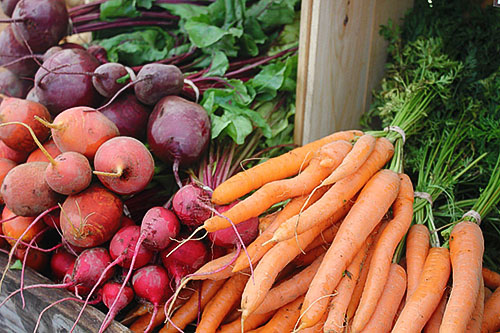
Plants differ in terms of ripening. Rational use of the territory assumes that crops with a growing season of varying duration can be placed in one place - so the land will not stand idle.
A fundamental factor to consider when planning joint plantings is the likely compatibility of vegetables within the same garden. This factor can affect the harvest in the future.
Different parts of the cottage differ in the composition of the soil and its fertility. Among the crops there are those that consume a significant amount of nutrients, and there are those that practically do not use soil resources. When drawing up a plan planting beets and carrots in the open field, these features of crops should be taken into account.
So, all plants should be divided into three conditional groups:
- Plants that consume the most nutrients. These are vegetables that require a large amount of nitrogen to grow: pumpkin, cabbage, Swiss chard, onions, peppers, tomatoes, cucumbers, zucchini.
- Average consumers are radishes, eggplants, potatoes, chicory, spinach, kohlrabi, carrots and beets.
- Crops that use little or no nutrients in the soil. These include beans, peas, herbs, and spices.
Based on this condition, you can plant carrots and beets on the same bed - vegetables will not deprive each other of valuable nutrients.
However, before planting, you should still take into account some details that can become an important condition for the successful growth of both crops, will help determine what should be planted immediately after the carrots next year.
Carrot
You can find carrots in almost every summer cottage. Optimal neighbors will be:
- sage;
- peas;
- beans;
- onion;
- tomato;
- radish;
- salad;
- rosemary.
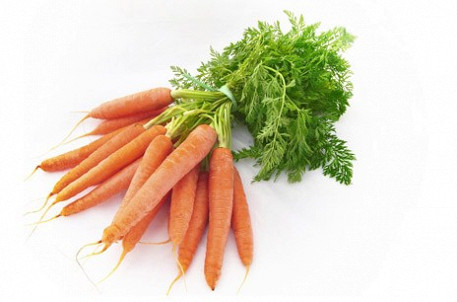
There are also crops that we don't plant next to carrots: celery, parsley, dill. These plants are best placed at some distance. Do not forget about the predecessors of carrots, which should not be too demanding on the composition of the soil.
Beet
Its usefulness is difficult to overestimate. The composition rich in vitamins is simply irreplaceable in winter, so it is imperative to grow this vegetable. Is it possible to plant it next to other crops, not everyone knows. The most productive impact of beets will be if they grow nearby:
- broccoli;
- asparagus;
- salad;
- onion;
- cauliflower.
It is not recommended to place mustard and beans in the immediate vicinity of beets.
When to plant carrots and beets together
The first condition that must be met when planting carrots in the open field and beets in the same bed is the correct planting time. The most favorable days for this are the periods when the daytime air temperature becomes more than 3 ° C. These crops perfectly tolerate frosts, however, you need to carefully consider the type of culture that is to be grown.
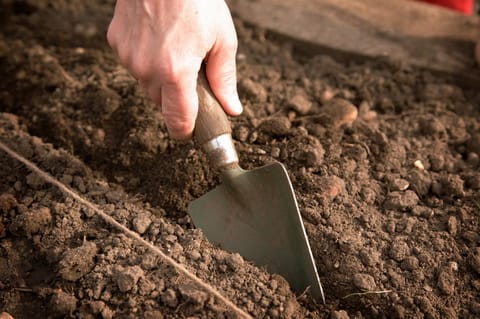
The root vegetable variety determines the sowing time of the carrot. Varieties can be:
- early ripeness (growing season - up to 100 days);
- mid-ripening (growing season - up to 120 days);
- late ripening varieties (growing season - up to 140 days).
At the end of April, the seeds of this crop can be placed in the soil. If this procedure is transferred to the first decade of May, then it is necessary to sow mid-season varieties. Carrots intended for long winter storage are planted until early June.
It is important that the dates for planting beets and carrots in the open field may coincide, but then the varieties should be different in terms of ripening. Beets are more cold-resistant, but may die during frosts.This means that planting seeds is possible not earlier than at the beginning of May. At the same time, it is necessary to plant mid-season carrots.
When forming beds in vegetable gardens, one should also take into account such a factor as the size of the tops. Carrots tend to grow stronger, and if the early varieties are planted from the sunny side, then the beet tops can subsequently be drowned out by the carrot leaf. You should carefully consider this fact and plant medium ripeness carrots next to the beets.
Mixed bed care rules
The main procedures that need to be done when caring for a carrot and beet bed are watering, feeding, weeding and pulling. Experienced gardeners know what they will have to face when growing. The approach to each of the plants should be individual, because the requirements for caring for vegetables are slightly different.
The first thinning carrots can be produced immediately after the first leaves appear. After a couple of weeks, the procedure is repeated. Planted plants should be watered infrequently, but efficiently. As far as possible, weeding and loosening of the part of the garden where the carrots grow should be carried out.
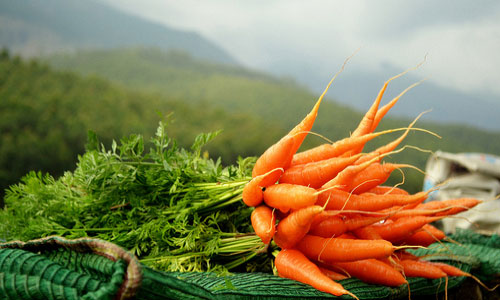
Beets need frequent weeding and thinning, because they love light very much. Weeds and plants that are superfluous in the garden will obstruct the supply of the necessary amount of light, and the beet harvest will leave much to be desired. This will happen if access to sunlight is limited by strong growth of the carrot leaf.
Pulling beet sprouts is carried out at the moment when two true leaves have appeared. The excess can be pulled out again after two weeks, the gap between the plants should be about 5 - 7 centimeters.
Some gardeners believe that beets and carrots can change the taste of each other, so if there is enough space, it is better to grow them separately. If this is not possible, then the rules for caring for both crops must be followed.
When caring for an adjacent garden bed, where carrots and beets grow together, special attention should be paid to watering the plants. The first steps in this direction should be taken even before planting seeds in open ground: it is necessary to carefully shed the soil. Having absorbed all the water, the earth will perfectly permeate moisture.
In the process of growing root crops, the soil should be moistened evenly, otherwise the fruits will begin to crack and hurt.
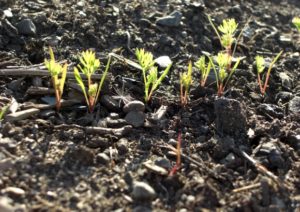


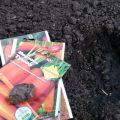
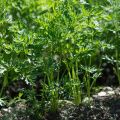
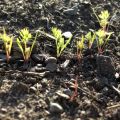


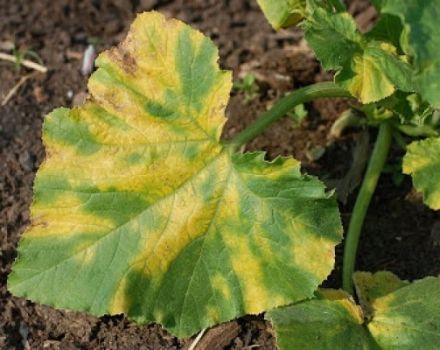
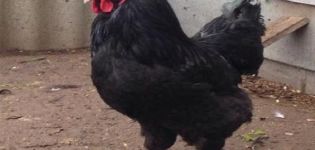
I always plant carrots and beets nearby, because then they are easy to harvest. Can be dug up, cleaned in place and folded side by side. They grow and do not interfere with each other. If you also use BioGrow, a bioactivator for plant growth, you will definitely have a good harvest. It has already been tested on myself. I bought it in this store